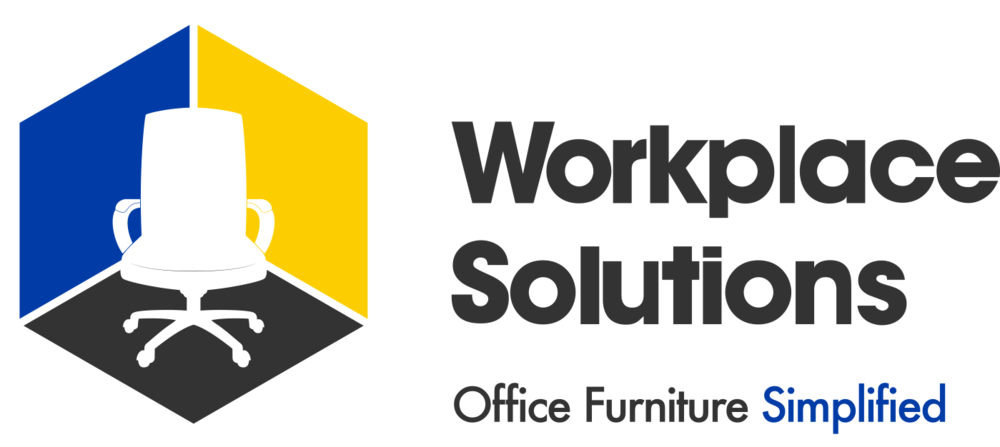Original article by Forbes
In 2004, something strange hit the internet that was unlike anything any of us had seen online. It was a person in a chicken suit who would perform just about any movement typed into a chat box. Subservient Chicken was, in fact, an early Web 2.0 brand experiment: a digital marketing campaign that kicked off a hugely successful flurry of advertising.
I see this as a great example of how creatives harness new tools to enhance their businesses and boost work quality. That creativity isn’t just reserved for innovative work and campaigns; it extends into day-to-day business operations, as well. Increasingly, agencies are exploring innovative office space models amid changing workplace norms, hybrid work structures and economic fluctuations.
Changes To The Traditional View Of Office Space
For a long time, the standard image of a creative agency workplace included funky decorations and open plans, with professionals at all levels collaborating in common spaces together. Then, the pandemic changed everything, and creative agencies were confronted with an unexpected challenge. The landscape of work swiftly changed, necessitating a shift toward remote work and a temporary end to the in-person collaboration that had long defined daily operations.
Now that the dust is settling, senior managers are reluctant to mandate a full return to in-person policy, fearing employee attrition. Instead, many hope that promoting hybrid work arrangements will lead to meaningful in-person collaboration and naturally boost office attendance.
Despite workers’ consistent demands for flexibility, however, the majority still seem to value in-person collaboration. An employee survey by Goodby, Silverstein & Partners found that 50% of employees would like to come in one to three days a week, with 25% wanting to come in the whole week. Taken together, that’s 75% of employees expressing a desire to work in-person, at least some of the time.
It becomes a fine line to walk: keeping work flexible while providing a great and creative physical environment for collaboration while also being mindful of costs on spaces that might always be at 40% capacity—a balance recommended by Harvard professor Prithwiraj Choudhury from his recent study with the nonprofit BRAC.
Exploring Hybrid Workspace Solutions
Treading an uncertain landscape, firms are doing what they always do: get creative. Here are two popular workplace solutions being used and improved today.
Floor Plan Modifications
Floor plan modifications involve actively engaging employees in the decision-making process and creating a workspace that aligns with the organization's culture. Providing work areas to suit diverse work styles and tasks (such as collaborative spaces and quiet zones) and ensuring that technological requirements are accounted for are key. These strategies can empower your firm to adapt to evolving workplace dynamics while promoting employee satisfaction.
Kelsey Sutton of Marketing Brew noted how the push for flexible work has encouraged her firm and others to rethink the look, feel and function of their office spaces. "About three-quarters of the square footage is dedicated to meeting rooms, kitchens and other communal spaces. For staff working out of New York, Wednesdays may be a good day to pop into the office, as that’s when senior leadership is normally in.”
Flexible Office Models
Some agencies have been exploring new workplace models that are more flexible, making it easier to change or move as the needs of their teams evolve. (Disclosure: My company offers these services, as do others.) For more traditionally structured creative agencies, this means having the flexibility to upsize and downsize. As a team expands, they have the option to secure a larger space within the flex space network without the need to terminate their existing lease. Conversely, if the team size is shrinking or employees are balancing in-person and remote work, agencies can transition to a smaller office space.
For specialized firms that rely on less traditional office spaces, like studios, for video content development and editing, this model can allow them to change offices as needed when trends or scopes of work shift. Flex office space providers have pre-established relationships and agreements with building owners, so the offices are already vetted and ready for occupancy.
Overcoming Challenges
Embracing a hybrid office model can come with its own set of challenges and learning curves. Adapting to a more dynamic or specialized workspace requires solid communication and coordination among team members, who may not always be physically present in the office. Maintaining a cohesive workplace culture and ensuring that employees feel connected, regardless of their physical location, can be a challenge.
To overcome these obstacles, I recommend investing in robust communication tools, establishing clear remote work policies and prioritizing team-building activities and offsites. Ultimately, the success of these models hinges on proactive planning and a commitment to creating an effective work environment for all.
Conclusion
Creative work has always required a “think outside the box” mindset and creative agencies are now applying that thinking to their operations, as well. When it comes to your workplace, I believe it's better to buck the traditional approach in favor of something more friendly to the hybrid workforce.

